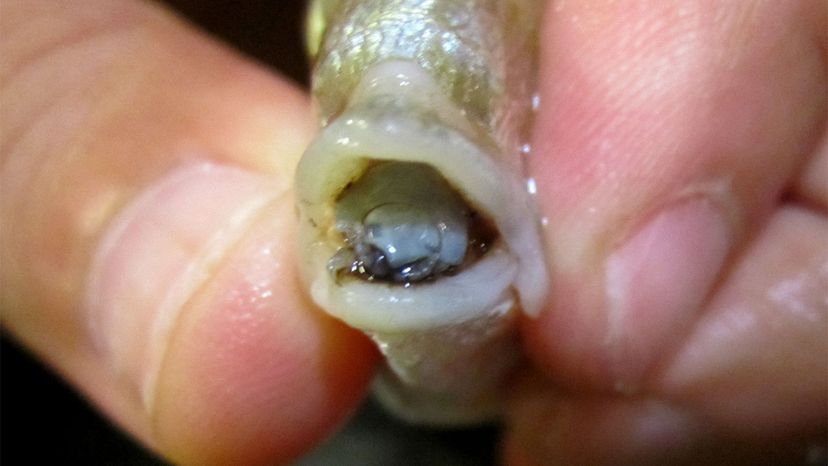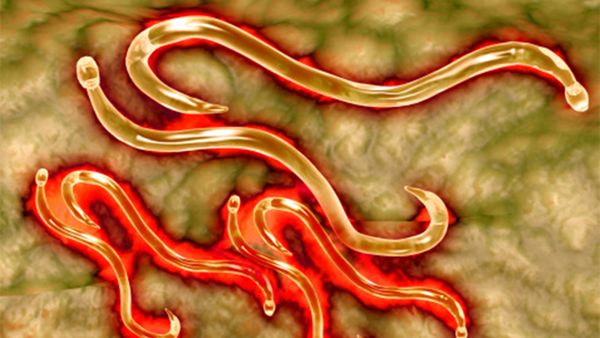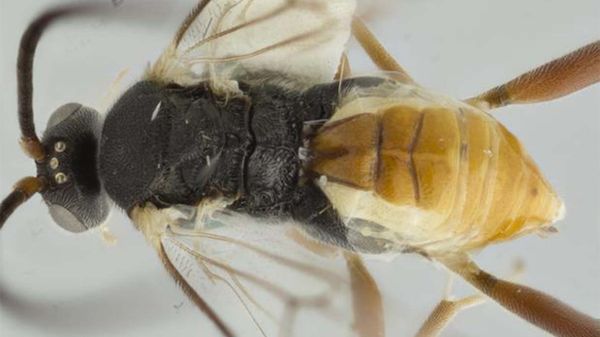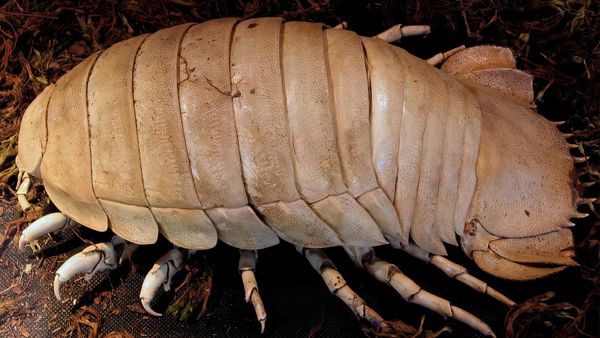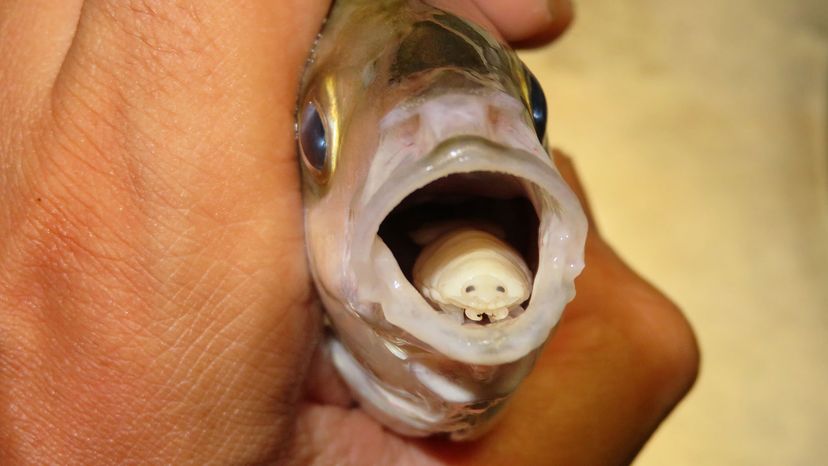
We are not predisposed to think well of parasites, but not all organisms that freeload off others are created equal. For instance, some parasites steal food that others have gathered, some force other animals to raise their babies, and some just use other organisms for locomotion. However, some parasites slowly kill, suck the life force from or even control the minds and actions of their hosts. It is very unusual, however, for a parasite to ingest and then replace one of its host's body parts, but, hey, this is a big, weird world and evolution has dabbled in a little bit of everything.
Advertisement
